One ski resort operates all year round, while another hotel has an on-site film studio for K-dramas.
The hospitality industry is among those that took the brunt of pandemic-induced lockdowns.
READ ALSO: Outdoor Getaways: 5 AirBnbs South Of Manila To Book When You Want To Be Surrounded By Nature
Restrictions in movement essentially left hotels and resorts without guests. The number of global tourist arrivals is estimated to have fallen 74 percent in 2020, according to the United Nations World Tourism Organization (UNWTO).
This year, the Asia-Pacific region “continued to suffer the lowest levels of activity, with a 94 percent drop in international arrivals” from January to March.
But the region’s hotels and resorts are making necessary adjustments based on consumer preferences and guest expectations, a move that is now accelerating a number of trends.
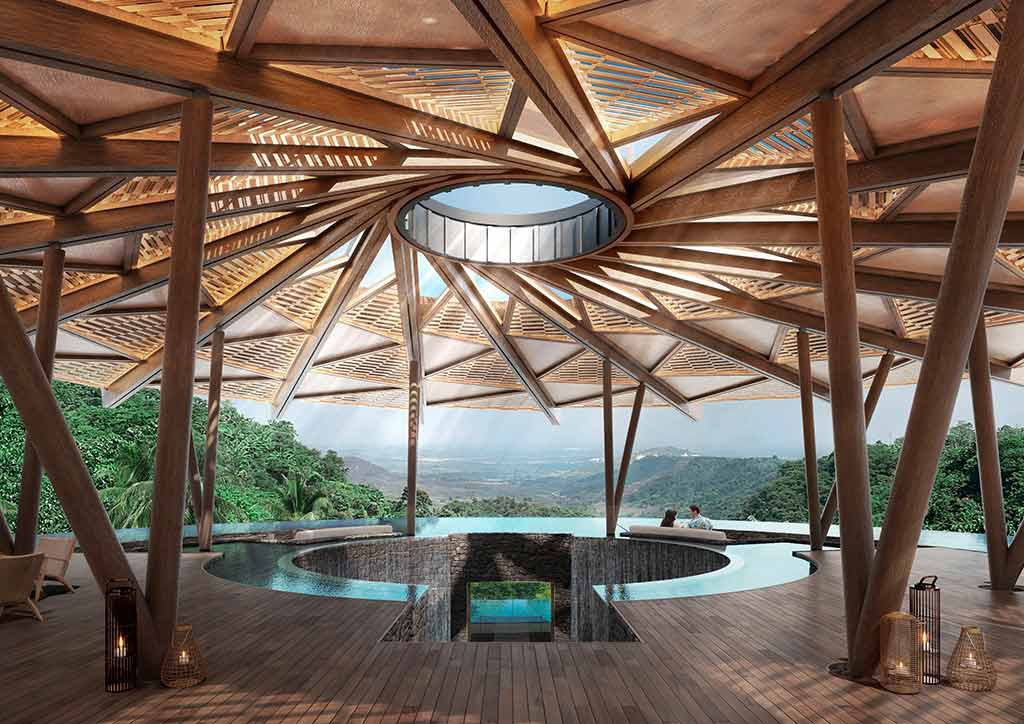
“This is creating opportunities for innovative developers in the hospitality space,” says Guy Cooke, director for strategy at WATG, one of the world’s leading design firms. “There is a pent-up demand for leisure travel, as well as for spending quality time with loved ones again, and hospitality projects curated with these elements in mind can offer the perfect response.”
Here’s a look at the trends currently elevating Asia-Pacific’s hotels and resorts.
Omotenashi
Japan’s brand of hospitality called omotenashi is quickly becoming a standard in luxury hotels.
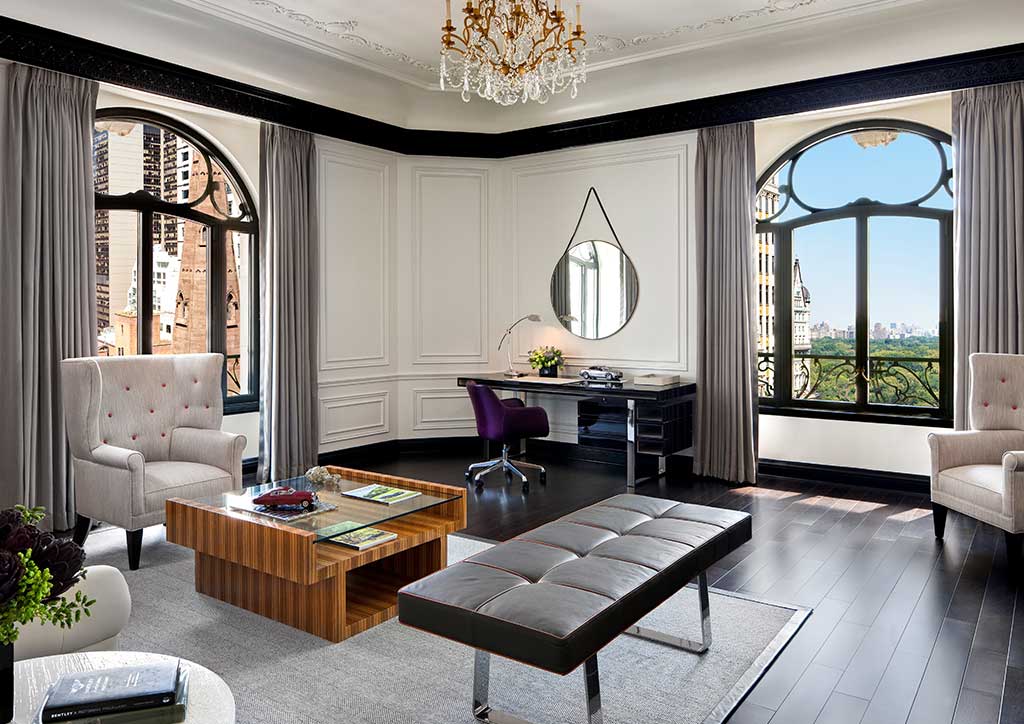
A deeply-rooted principle of service in Japanese culture, it comes from two words—omote, which means public face, and nashi, which translates to nothing. Together, it means honesty and no pretense. That means going beyond “The customer is always right,” and treating no task as menial if it means great experience for the guest.
“Internationally, we are seeing a trend of hyper-personalization in the hospitality space,” Cooke says. “Omotenashi in the Japanese context takes this further, where the hospitality experience goes above and beyond the needs and expectations of the guest.”
Cooke cites the Mianyan Jinshuo Holiday Hotel in China’s Sichuan province as an example of merging Japanese tradition with exceptional service and facilities. The 64-acre attraction has every amenity imaginable: a temperature and humidity swimming pool, a gym, flint energy room, hairdressing room, karaoke, bridge room, indoor darts, VR game room, a book bar, and tea room.
There are competition venues, too, like a tennis court and a hall that can accommodate up to 24 groups of bridge card games.
Apart from private lake-view balconies, all 60 rooms come with a security guard. In-house chefs can even cook up food based on dietary requirements and cuisine preference of the guests.
Gaming
Integrated resorts (IR) are also becoming must-see destinations. Typically a hotel with a casino, IRs also have numerous facilities, entertainment shows, theme parks, luxury retail shops, and fine dining restaurants all in one establishment.
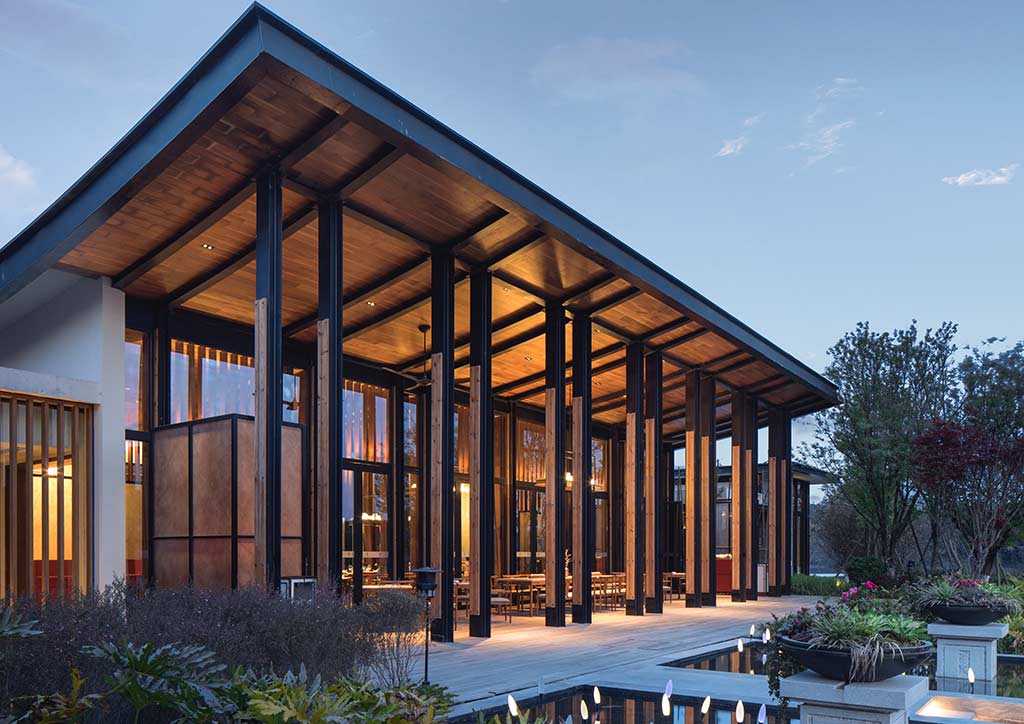
“In the IR space, we are seeing a focus on capturing the lucrative premium-mass segment through the provision of luxury lifestyle elements,” Cooke explains. “[What sets it apart is the] lifestyle and amenity offering.”
For instance, WATG’s recently opened IR in Vietnam called Hoiana Hotel & Suites has gaming and non-gaming segments. Not only does it have public and private gaming spaces, it also has a world-class golf course, access to the country’s Central Coast beaches, cultural performances, and multiple dining and drinking amenities.
It’s such a hit that the design firm is working on a number of IR concepts across the region.
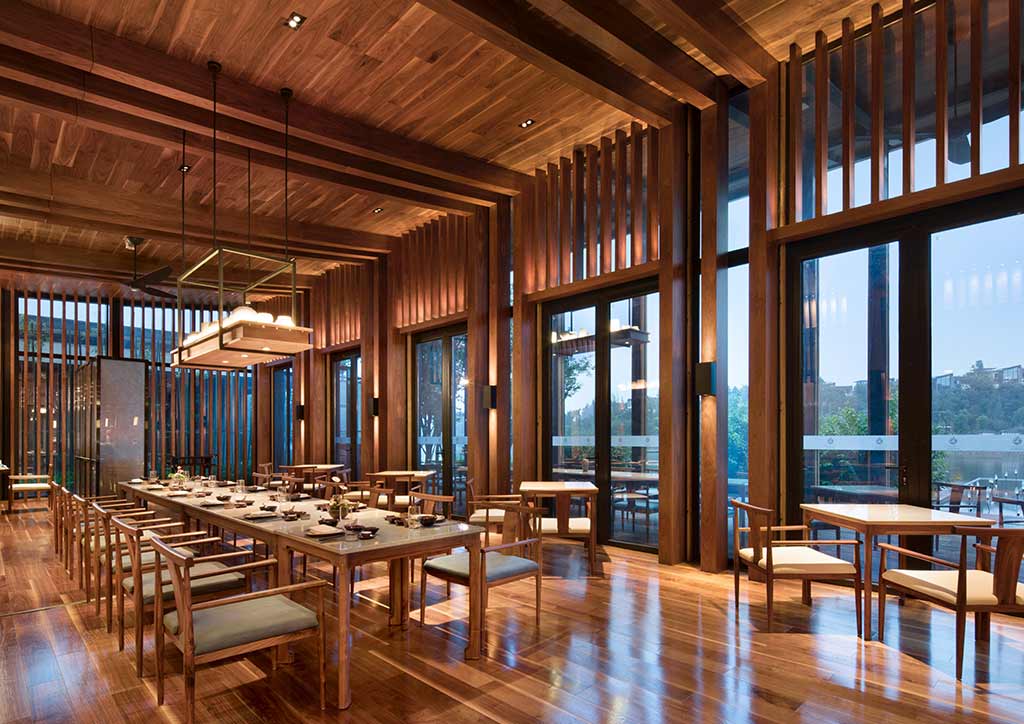
Hallyu
Hospitality projects are riding on the Korean wave—also called Hallyu—in coming up with themes for attractions, amenities, and events. Why wouldn’t they when a Hyundai Research Institute study indicated that 63 percent of independent travelers visited South Korea to experience its popular culture?
One in 13 tourists have also indicated in a Korea Association of Travel Agents survey that K-Pop powerhouse BTS was the reason for their trip.
“[Combining] pop culture and IR is by no means new but it is becoming increasingly innovative,” Cooke says. “The affiliation of cultural reference points provides a recognizable touchpoint and differentiator, as well as access to a pre-existing engaged market.”
The country’s first IR, Paradise City, specifically caters to tourists seeking an experience of Korea’s globally-loved cultural exports. The 33-hectare attraction in Incheon offers a film studio for Korean movies and dramas, a string of K-beauty stores, and fine dining restaurants serving modern takes on traditional Korean dining.
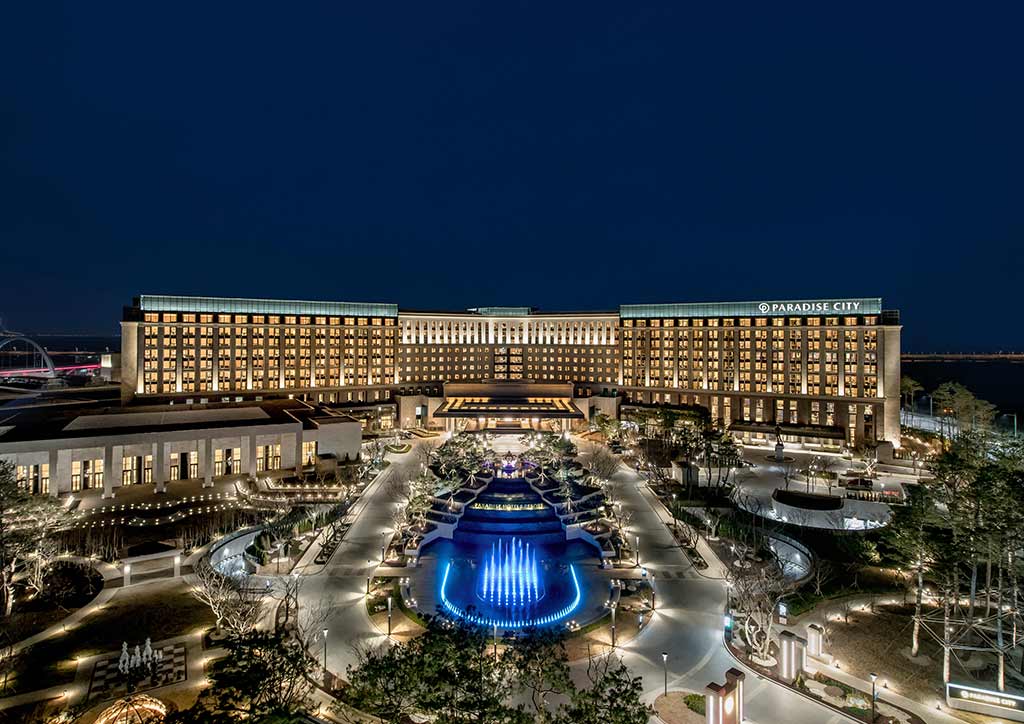
It’s also promoted by Hallyu stars including award-winning actor Byung Hun Lee and BTS, which held a virtual concert at the resort’s own convention center. It became the world’s biggest paid online music event, drawing 756,000 viewers from 107 countries.
The government supports such initiatives to further expand the Korean wave, too, so much so that a Hallyu Department has been created under the Ministry of Culture, Sports, and Tourism. In a Jakarta Post report, the department is expected to oversee diverse hallyu-related projects, as well as conduct research on its business environment.
365-Day Model
Mountain resorts are beginning to package themselves as year-round destinations. Cooke says this is a response to the worsening effects of climate change.
“Be it rising sea level, extreme weather, or the degradation of the natural environment, climate change is obviously a huge threat to the hospitality sector,” he says. “As such, climate change reliance is at the forefront of our minds. [Apart from safeguarding our client’s interests against future threats, we promote sustainable, and where possible, regenerative approaches to development and operations.”
This is done by increasing a location’s biodiversity and ensuring the long-term preservation of the natural environment and the local communities that engage with it.
Skiing, for instance, is not the only main attraction in some resorts. In South Korea’s Oak Valley, art and golf have become key offers, while skiing activities resume during the winter months.
Back To Nature
International branded hotels and residences are also leveraging the pandemic-induced demand for greener spaces.
“We are seeing [this] trend as international operators look to take guests back to nature within interesting mountain settings,” Cooke says.
In the Philippines, WATG recently worked with Singapore’s Banyan Tree Hotels and Resorts for a multi-property resort set within the mountainous area of Bamban.
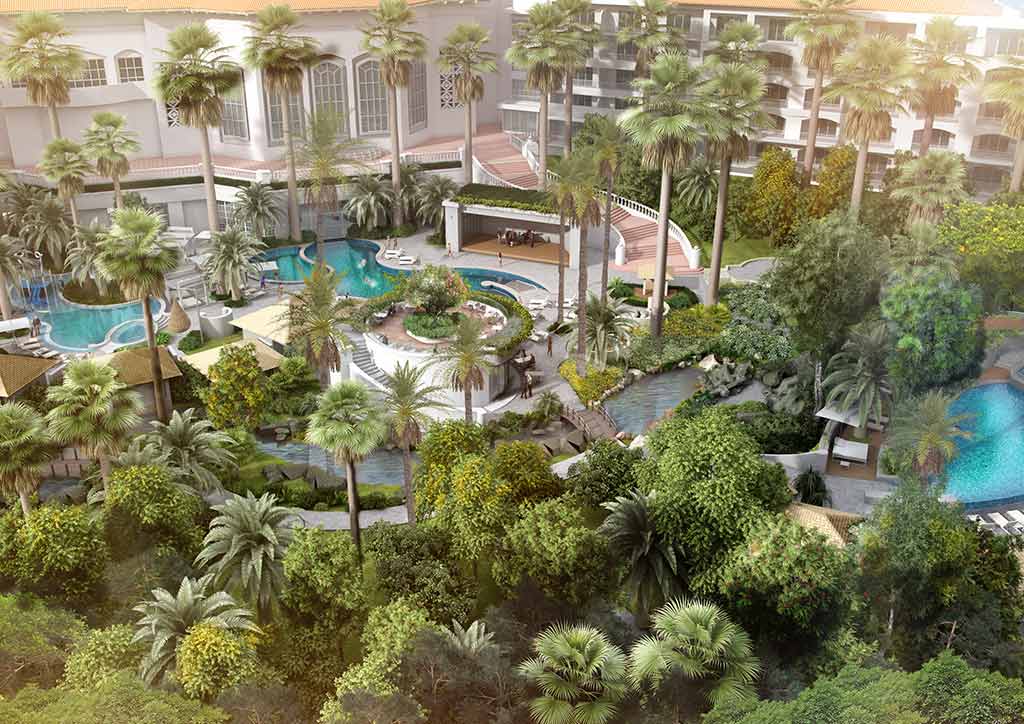
“[It] has visual links to both Mt. Pinatubo and Mt. Arayat,” he adds. “Here, the mountain setting and panoramic landscapes define the development, and the family and luxury wellness markets are each well-catered to by a range of contextual experiential concepts.”
It is not yet open, but it will likely reflect what the brand’s hotels and resorts are known for—a sanctuary to rejuvenate the mind, body, and soul in awe-inspiring locations.





